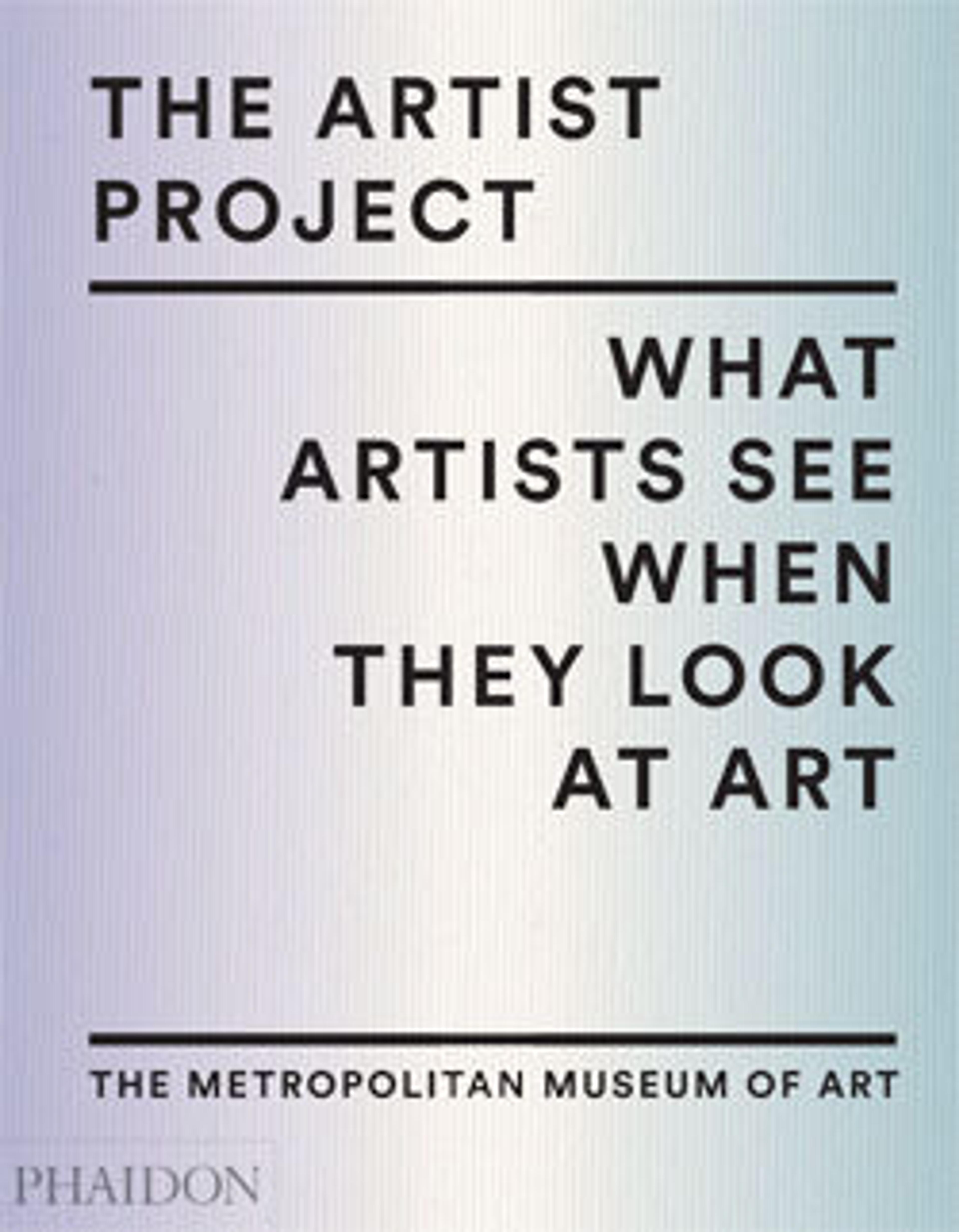Still Life with Banderillas
The complex arrangement of intersecting planes, letters, and fractured objects in Braque's work is virtually indistinguishable from Picasso's paintings of the same time. The two spent the summer of 1911 together in Céret, a small town popular with artists in the French Pyrenees, where they explored the formal elements of what later became known as Cubism. The banderillas of the title—wooden sticks with steel barbs used in bullfights—may have been included as a tribute to Picasso, since Braque himself was not a bullfighting enthusiast.
Artwork Details
- Title:Still Life with Banderillas
- Artist:Georges Braque (French, Argenteuil 1882–1963 Paris)
- Date:1911
- Medium:Oil and charcoal with sand on canvas
- Dimensions:25 3/4 × 21 5/8 in. (65.4 × 54.9 cm)
- Classification:Paintings
- Credit Line:Jacques and Natasha Gelman Collection, 1998
- Object Number:1999.363.11
- Rights and Reproduction:© 2025 Artists Rights Society (ARS), New York
- Curatorial Department: Modern and Contemporary Art
Audio
1860. Still Life with Banderillas
0:00
0:00
We're sorry, the transcript for this audio track is not available at this time. Please email info@metmuseum.org to request a transcript for this track.
More Artwork
Research Resources
The Met provides unparalleled resources for research and welcomes an international community of students and scholars. The Met's Open Access API is where creators and researchers can connect to the The Met collection. Open Access data and public domain images are available for unrestricted commercial and noncommercial use without permission or fee.
To request images under copyright and other restrictions, please use this Image Request form.
Feedback
We continue to research and examine historical and cultural context for objects in The Met collection. If you have comments or questions about this object record, please contact us using the form below. The Museum looks forward to receiving your comments.
